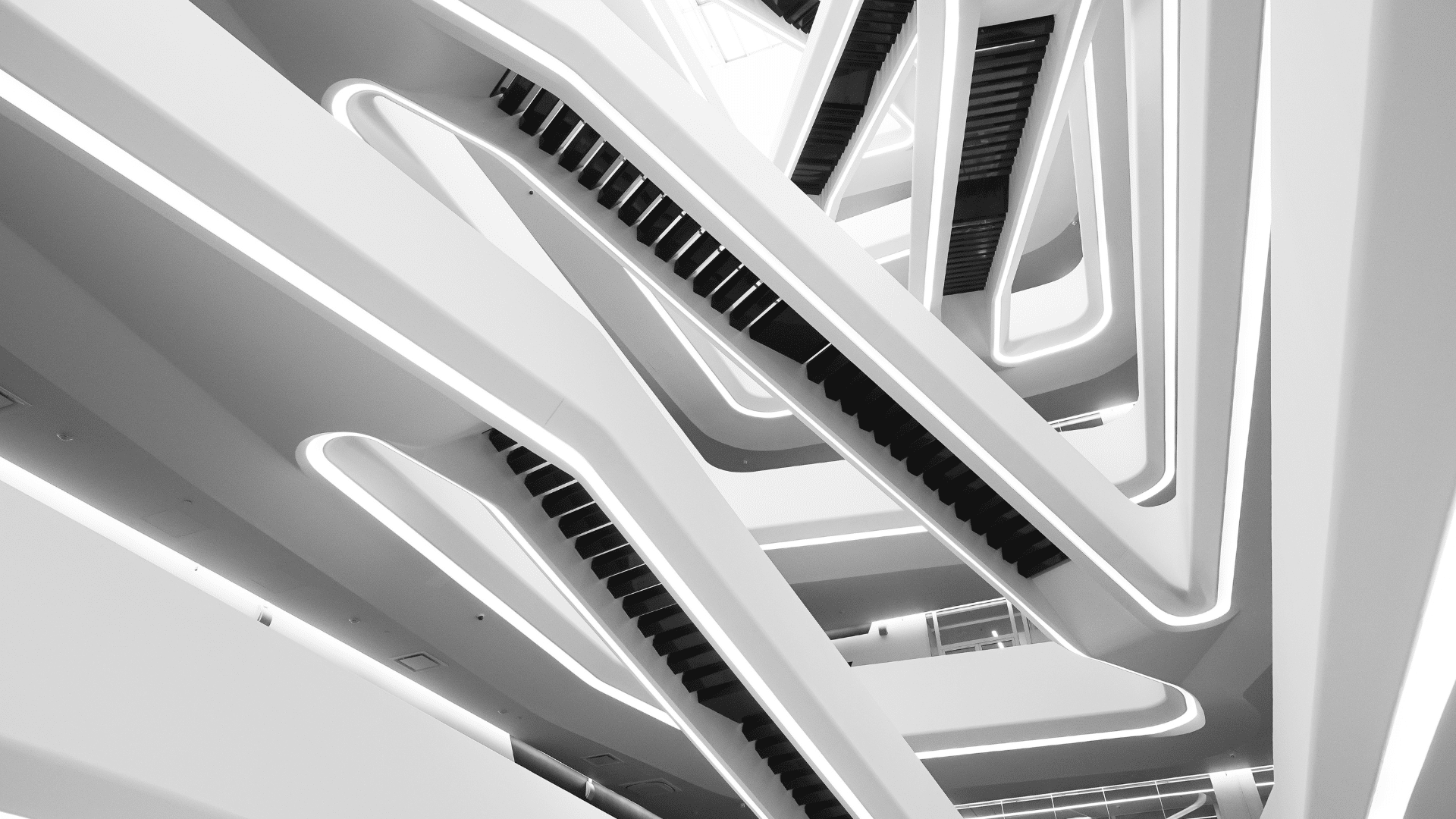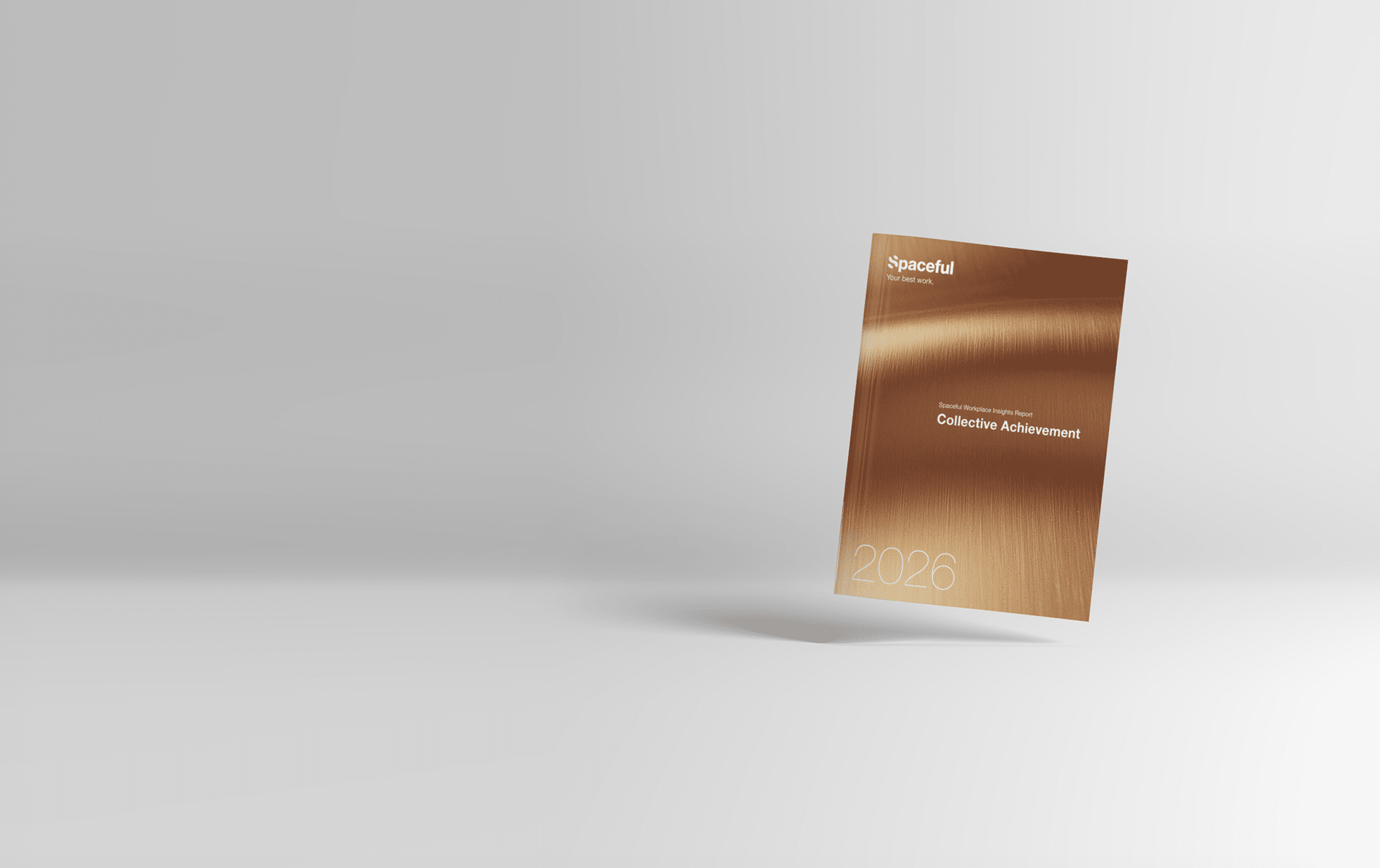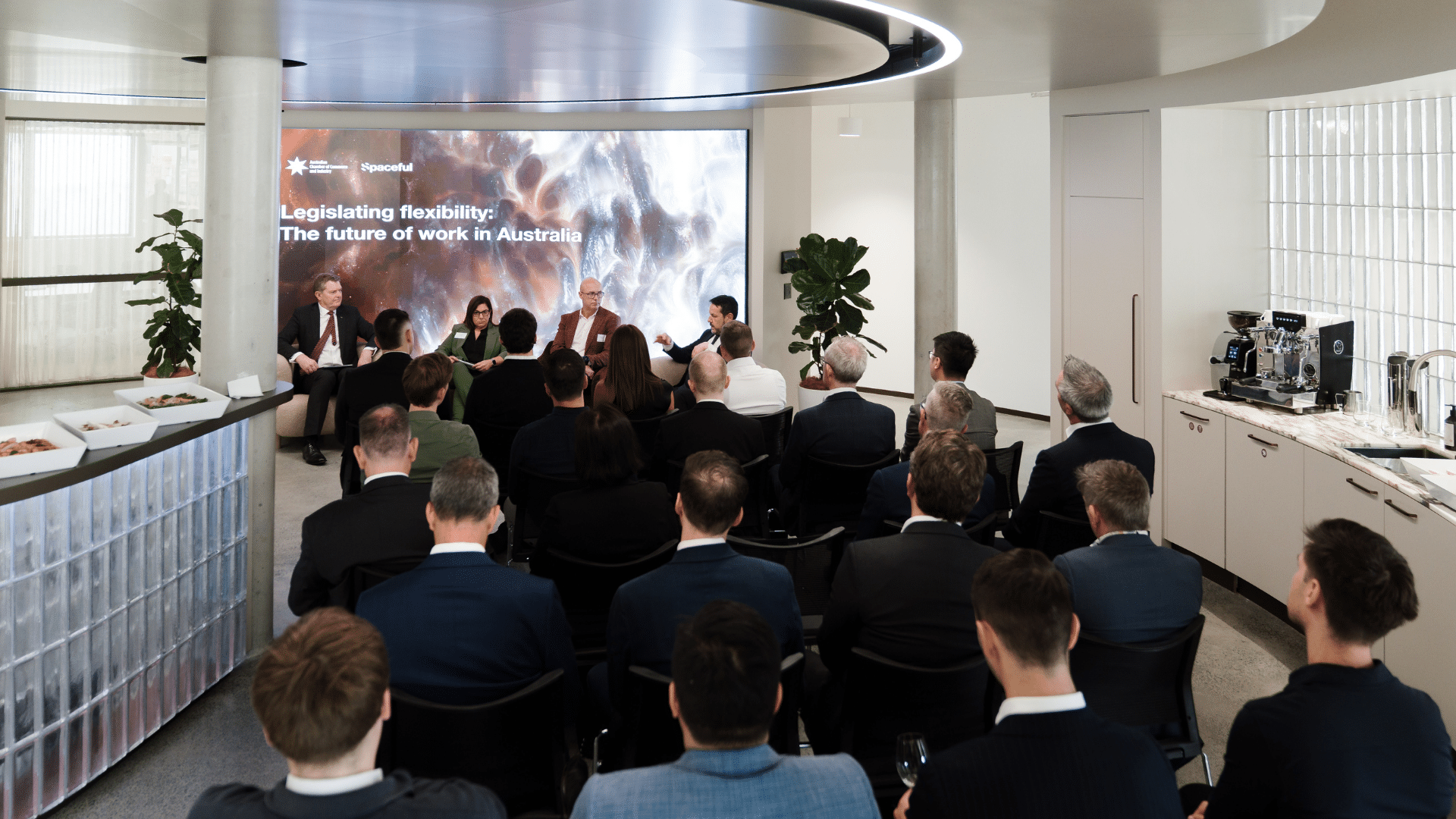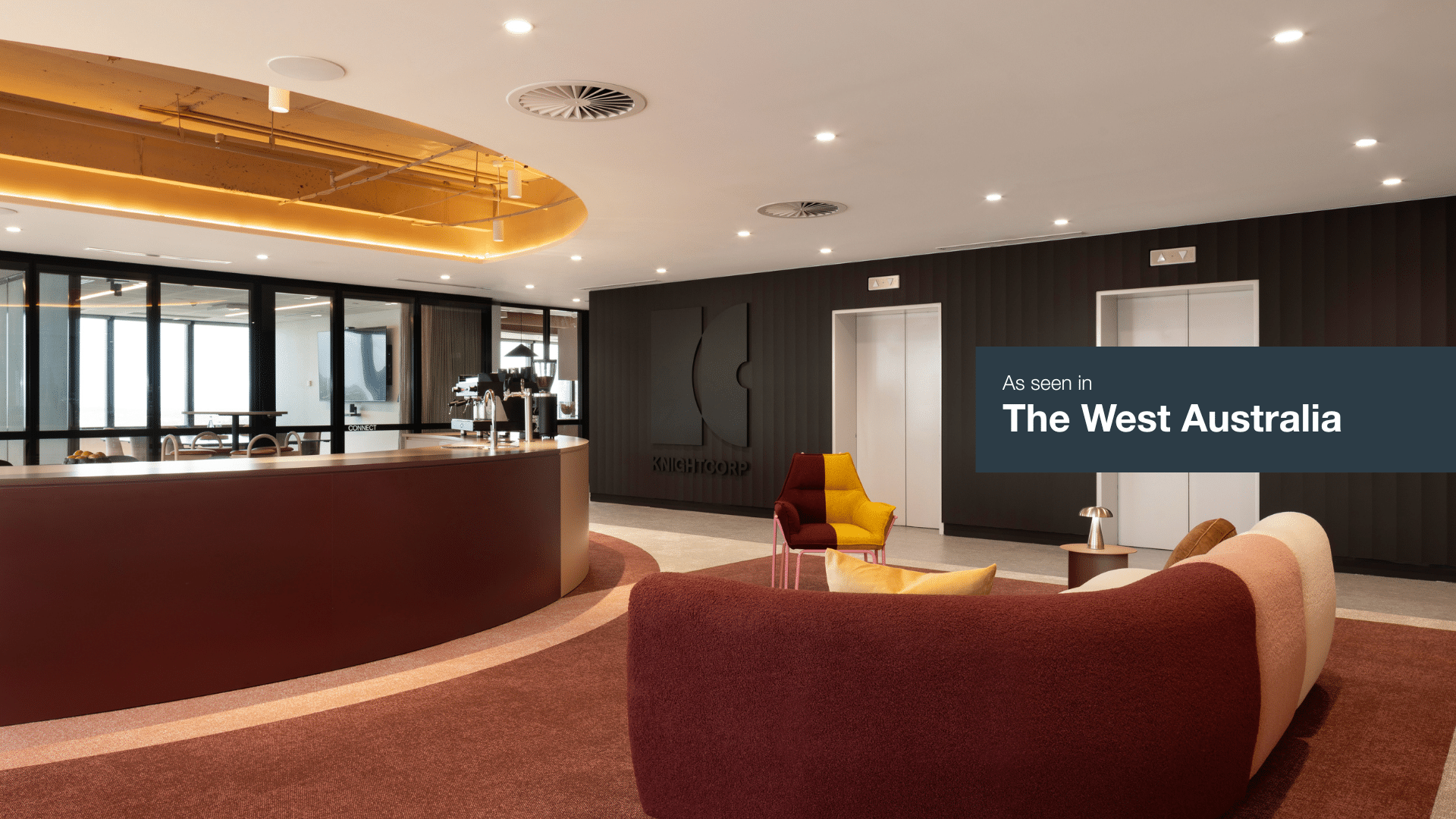
As the workplace continues to evolve in 2025, companies are reimagining office environments to align with the changing needs and expectations of employees. From sensory-conscious designs to bold, experiential spaces, the focus is shifting toward creating workplaces that engage and inspire. This article explores emerging trends that are reshaping the future of office spaces, from innovative design solutions to new strategies for employee engagement and well-being.
01. The rise of sensory-conscious design
Have you ever touched the surface of a workstation while visiting an office? Chances are, you haven’t given it much thought. However, this could change in 2025. Innovative solutions are emerging to transform standard desks into more sensory-friendly and tactile experiences.
One example is the introduction of super-matte finishes, offering a uniquely soft and touchable surface (our new Sydney workplace features these desks—feel free to visit and experience them firsthand!). Another advancement includes desks with integrated soft edges, designed to provide enhanced comfort and ergonomic support while typing—Steelcase’s latest range is a prime example.
These innovations go beyond comfort; they are part of a broader trend to create workplaces that engage multiple senses, fostering greater well-being and productivity.
02. Dare-to-dream workplaces
Traditional office designs are being replaced by bold, experiential spaces that challenge our perception of what a workplace should be. Taking cues from innovative global examples, companies are pushing boundaries to create environments that captivate and inspire. For instance, LEGO’s new global headquarters in Denmark will feature an enormous LEGO figure spanning multiple floors, embodying the brand’s playful ethos – Source. Similarly, a company in Sweden has gone even further, incorporating a fully functional rollercoaster that winds through its office—an ambitious vision of its CEO now brought to life – Source.
In 2025, more ambitious visions will become reality as Australian companies reimagine their workplaces, crafting unforgettable and inspiring environments that employees are excited to experience.
03. The "vibe factor"
Why commute to a workplace if it’s mostly empty? The “vibe factor” will be front and centre in 2025. The tension between the expectations of some executives and employee preferences around Return to Office (RTO) continues to intensify. Spaceful’s Executive Insights Report 2025 reveals a concerning trend: 40% of executives struggled with voluntary office attendance in 2024, and this figure is expected to jump to 50% in 2025.
What’s important to note is that 93% of Australian office workers want to come into the office at least part-time (just not five days a week) – Spaceful Workforce Insights Report 2025. With this in mind, companies should reflect on a critical question: “What makes our office a destination worthy of the commute?” How does it provide value that justifies the journey? For those who are struggling, it is high time for a fundamental rethink of the current workplace strategy, design and employee engagement approaches.
04. Beyond basic amenities
A decade ago, end-of-trip facilities were considered the gold standard for office buildings. Today, however, Australian tenants view amenities such as showers, bicycle racks, towel services, and tools like hair dryers and straighteners as baseline expectations. This evolution is driving property owners to seek new ways to differentiate their offerings.
In 2025, the emphasis will shift towards redefining office buildings as dynamic lifestyle destinations, incorporating premium end-of-trip facilities, on-site cafés, and other thoughtfully curated amenities. These spaces will go far beyond traditional end-of-trip facilities, introducing distinctive amenities that genuinely elevate the tenant experience and set buildings apart in an increasingly competitive market.
05. The AI analytics conundrum
As organisations quickly adopt desk booking systems and occupancy monitoring, a key question persists: who is interpreting the data generated? While the potential of AI to revolutionise workplace analytics is appealing, the reality is more complex. Many organisations are accumulating large volumes of data, but are they transforming it into actionable insights and effective strategies?
The true challenge lies not in the implementation of these systems, but in having the right people and processes to convert raw data into meaningful insights that drive tangible improvements in the workplace.
Looking forward
As we navigate the changes of 2025, it’s important to remember that exceptional workplaces are not built on trends alone. They are created when we take the time to understand and respond to how people work best. The successful workplace of 2025 will not simply be defined by the latest technology or most innovative design, it will be about creating environments that inspire employees to continue working for the companies they believe in.
For those of us designing and managing workplaces, the challenge is clear: how can we leverage these trends to create spaces that support both organisational objectives and human well-being? We believe the answer lies in staying curious, actively listening to our people, and always keeping the human experience at the core of every workplace decision.


